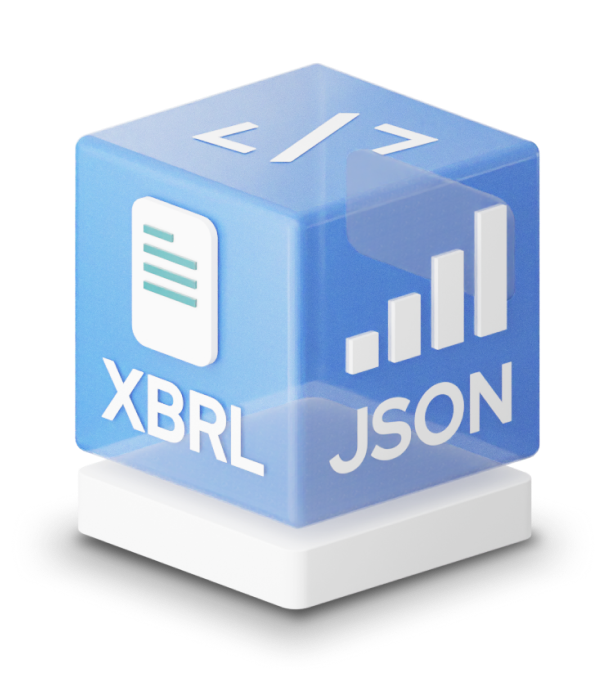Learn how to implement the GRI Sustainability Taxonomy
Whether you’re just starting to explore digital sustainability reporting or preparing for full taxonomy integration, this guide walks you through the key steps for implementing the GRI Sustainability Taxonomy.
Based on GRI’s official release and supported by our hands-on experience, these actions will help you translate the GRI Standards into structured, machine-readable data.

Step 1: Understand the taxonomy package structure
Start by reviewing the official taxonomy package provided by GRI. It includes:
- Entry point schema file (.xsd)
- Core and sector/topic-specific elements
- Linkbases for labels, validations, and definitions
- Supporting documentation and release notes
Use a taxonomy viewer or validator (e.g. Arelle, Altova, or custom tools) to browse the structure.
Download the latest taxonomy package here
Step 2: Set up your reporting environment
Prepare your internal system or select a partner tool that supports:
- XBRL-compatible tagging and validation
- Import/export of XML or XBRL instance documents
- Multilingual labels and unit registry
- Optional: APIs for data extraction or integration
Ensure that your reporting team understands both the GRI Standards and how each disclosure maps to taxonomy tags.
Step 3: Map your disclosures to taxonomy elements
Using your reporting content, begin mapping each section to a corresponding taxonomy element.
For example:
| GRI Disclosure | Taxonomy element | Data type |
|---|---|---|
| 2-1: Legal Name 2-6: Activities 3-2: Impacts | gri:LegalName gri:DescriptionOfActivitiesTextBlock gri:ImpactsOnEconomyEnvironmentAndPeopleTextBlock | string text block text block |
Step 4: Apply Tags and Validate
Once mapping is complete, apply the tags in your chosen tool or platform.
- Enter values for each element, following required formats (e.g., dates, enumerations)
- Run validation to detect any missing or malformed fields
- Review validation messages and resolve flagged issues
Example validation logic:
- gri:StartDateOfSustainabilityReporting is mandatory. If empty, an error will occur.
- gri:OwnershipNature must match a predefined enumeration list.
Step 5: Export and Use Your Data
After successful validation, export the data in your preferred format:
- XBRL instance document for regulatory compliance or archival
- XML or JSON for integration with your reporting platform, dashboards, or public disclosures
Optional: Extend for Sector or Topic-Specific Reporting
If you’re using sector-specific Standards (e.g., Oil & Gas, Agriculture) or additional topics, extend the mapping by:
- Loading sector entry points in your tool
- Tagging additional disclosures (e.g., methane emissions, land use)
- Ensuring unit and validation logic compliance
Receive in-depth guidance
Consult the GRI Sustainability Taxonomy Architecture and implementation guide for more information
Need help?
Implementing digital reporting can be complex, but it doesn’t have to be. At Generation Impact Global, we offer:
- Technical setup and onboarding support
- Tagging and validation guidance
- Integration into your reporting workflows
Talk to our team about taxonomy implementation Contact us.
